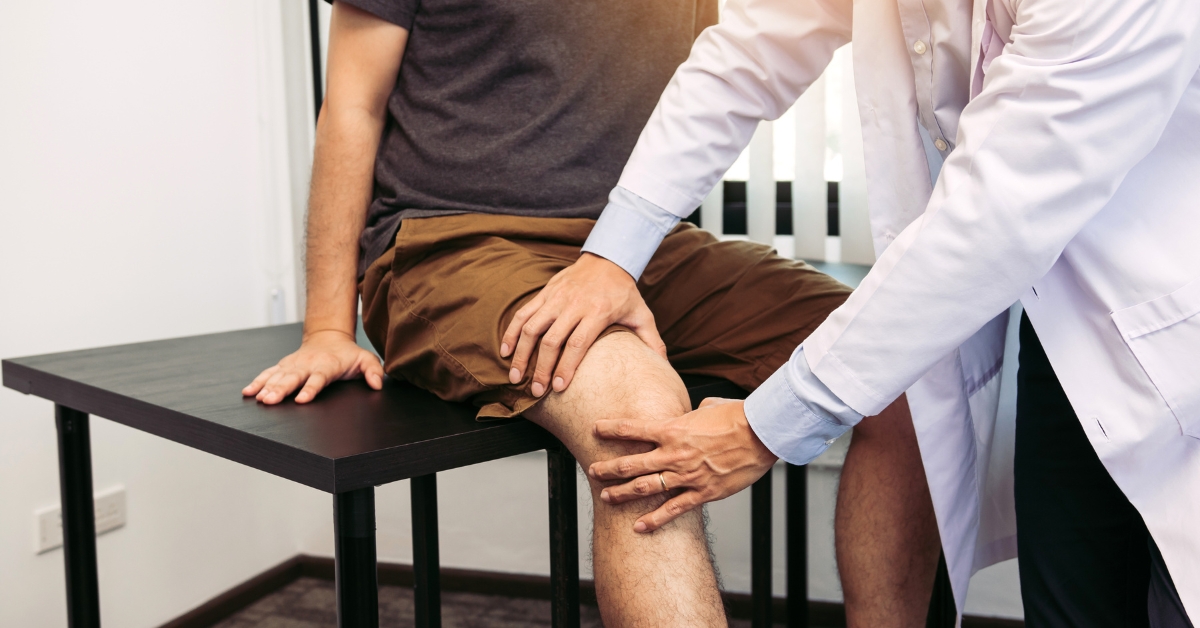orthopedic health often gets ignored until pain or mobility issues begin to interfere with daily life. Whether it’s a sports injury, chronic joint discomfort, or restricted movement, knowing when to see an bone surgeon can help prevent long-term complications. In this blog, we’ll explore key signs that warrant a consultation and touch upon specific treatments like arthrodesis of the wrist, along with tips on finding the right bone and tissues doctors.
What does an orthopedic Surgeon Treat?
An orthopedic surgeon specialises in the diagnosis, treatment, prevention, and rehabilitation of musculoskeletal conditions. These include problems related to bones, joints, ligaments, tendons, muscles, and nerves.
Some commonly treated conditions include:
- Joint pain (shoulder, knee, hip)
- Back or spinal problems
- Fractures or dislocations
- Sports injuries
- Congenital bone deformities
- Arthritis or age-related joint degeneration
When should You Visit an orthopedic Surgeon?
1. Persistent Joint or Bone Pain
Pain that persists for more than a few days or that continues returning might indicate inflammation or underlying injury. This is particularly true if your ability to carry out daily duties is being hampered by the discomfort.
2. Limited Range of Motion
Stiffness or reduced flexibility in joints like the knees, shoulders, or wrists may indicate the onset of arthritis or other degenerative conditions. Early intervention can prevent further loss of mobility.
3. Difficulty Walking or Climbing Stairs
Problems with balance, frequent falls, or limping while walking could signal joint deterioration or muscular imbalance. Bone and Joint assessment is crucial in such cases.
4. Recent Injury or Trauma
If you’ve suffered a fall, car accident, or sports injury and continue to feel pain, swelling, or weakness, a bone doctor can accurately diagnose internal damage and suggest treatment or surgery if needed.
5. Chronic Conditions Like Arthritis
Those with osteoarthritis, rheumatoid arthritis, or other chronic joint conditions should routinely consult a bone specialist for long-term management, including medication, physiotherapy, or surgery.
Arthrodesis of the Wrist
In order to stabilise the joint and ease discomfort, the Arthrodesis of wrist procedure is carried out. In this, the bones are fused together during an arthrodesis. It is frequently advised when there is:
- Severe arthritis
- Traumatic wrist injury
- Failed previous surgeries
- Irreversible joint deformity
Though it reduces wrist flexibility, arthrodesis provides long-term pain relief and stability. It’s a specialised procedure best handled by an experienced bone surgeon.
What to Expect During a Consultation
When you visit a professional bone and joints surgeon:
- A full physical examination will be done
- It is possible to order medical imaging (X-rays, MRIs, and CT scans).
- You’ll be asked about your lifestyle, occupation, and history of injury or illness
- Based on findings, treatment options will be discussed – from physical therapy to surgery
Finding the Right Bones and Joints Doctor For yoy
You can find a wide range of bone and joint care that is on the A-list near your region.
- You need to check that the bone doctor you are looking for is a Board-certified orthopedic surgeon
- Your bone doctor must have experience with specialised procedures (like arthrodesis)
- Check for the reviews or testimonials from patients regarding their treatments.
- Check for the hospitals with diagnostic and rehab support under one roof.
Especially those living in metro cities like Ahmedabad often deal with joint or muscle issues due to sedentary lifestyles, injuries, or ageing. In such cases, timely consultation with an experienced orthopedic doctor in Ahmedabad can make a real difference in recovery and long-term mobility.
Final Thoughts
Ignoring joint or bone pain might result in irreversible injury or long-term issues. A bone surgeon is essential to regaining mobility and quality of life, from treating pain to carrying out intricate procedures like wrist arthrodesis. Don’t wait until the problem worsens—get a professional evaluation and take proactive steps toward better musculoskeletal health.

